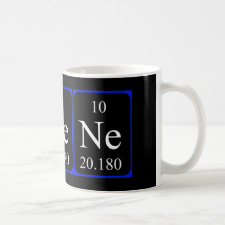
Authors: Thongchai W, Liawruangath B, Liawruangrath S, Greenway GM
Article Title: A microflow chemiluminescence system for determination of chloramphenicol in honey with preconcentration using a molecularly imprinted polymer.
Publication date: 2010
Journal: Talanta
Volume: 82
Issue: (2)
Page numbers: 560-566.
DOI: 10.1016/j.talanta.2010.05.007
Alternative URL: http://www.sciencedirect.com/science/article/B6THP-50393N7-2/2/5ecd0c68bb7a534931fc363ecdbeda19
Abstract: A novel chemiluminescence (CL) microfluidic system incorporating a molecularly imprinted polymer (MIP) preconcentration step was used for the determination of chloramphenicol in honey samples. The MIP was prepared by using chloramphenicol as the template, diethylaminoethyl methacrylate (DAM) as the function monomer, ethylene glycol dimethacrylate (EGDMA) as the cross-linking monomer, 2, 2'-dimethoxy-2-phenylacetophenone (DMPA) as the free radical initiator and toluene and dodecanol as the solvent. The MIP was pre-loaded into a 10 mm long, 2 mm wide and 150 μm deep channel in a planar glass microfluidic device. When the sample containing chloramphenicol was introduced into the microfluidic device it was first preconcentrated on the MIP then detected by an enhancement effect on the chemiluminescence reaction of tris(2, 2'-bipyridyl) ruthenium(II) with cerium(IV) sulphate in sulphuric acid. A micro-syringe pump was used to pump the reagents. The CL intensity was linear in relationship to the chloramphenicol concentrations from 1.55 x 10-4 to 3.09 x 10-3 μmol L-1 (r2 = 0.9915) and the detection limit (3σ) and the quantitation limit (10σ) were found to be 7.46 x 10-6 and 2.48 x 10-5 μmol L-1, respectively. This method offered a high selectivity and sensitivity for quantitative analysis of chloramphenicol in the honey samples
Template and target information: chloramphenicol
Author keywords: chloramphenicol, molecularly imprinted polymer (MIP), Chemiluminscence, Microfluidics, MicroFIA



Join the Society for Molecular Imprinting

New items RSS feed
Sign-up for e-mail updates:
Choose between receiving an occasional newsletter or more frequent e-mail alerts.
Click here to go to the sign-up page.
Is your name elemental or peptidic? Enter your name and find out by clicking either of the buttons below!
Other products you may like:
 MIPdatabase
MIPdatabase









